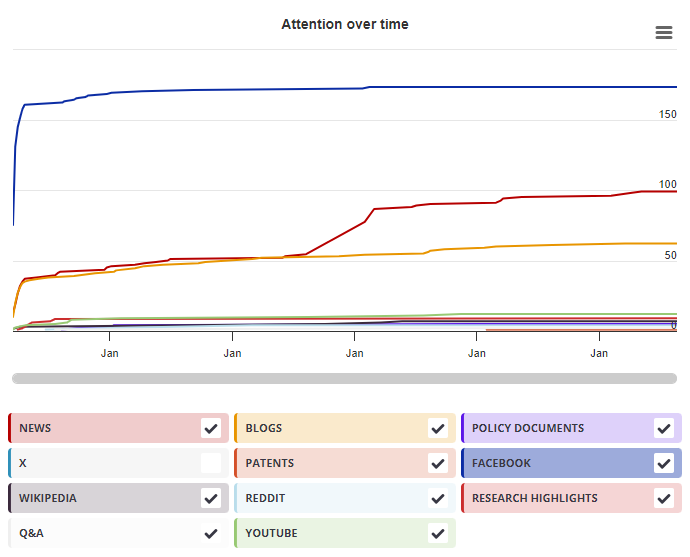Exome sequencing represents targeted capture and sequencing of 1-2% of 'high-value genomic regions' (subset of the genome) which are enriched for functional variants and harbors low level of repetitive regions. We discuss here an overview of exome sequencing, ways to approach plant exomes, and advantages and applicability of this powerful approach in deciphering functional regions of genomes. Though initially this approach was developed as an alternative to whole genome sequencing (WGS), but the multitude of benefits conferred by sequence capture via hybridization approaches created a niche for itself to solve many of biological riddles, particularly for resolving phylogenetic distances. The technique has also proved to be successful in understanding the basis of natural and induced molecular variation, marker development and developing genomic resources for complex, wild and non-model species, which are still intractable for WGS efforts. Thus, with profound applications of this powerful sequencing strategy, near future is expected to witness a collective expansion of both techniques, i.e., sequence capture via hybridization for evolutionary and ecological research and WGS approaches for its universal accessibility.
